How to get the wireworm and click beetle out of the garden using safe means?
The wireworm is the larva of the very black click beetle with which many had fun in childhood: the "acrobat" turned over on its back with a characteristic click jumps until it gets back on its feet. But the larva of this funny insect is a serious enemy for household farms, so the question of how to get a wireworm out of the garden was and remains extremely serious for summer residents.
Description
In total, there are more than 75 varieties of click beetles, but summer residents mainly encounter steppe, sowing and wide. Their larvae differ slightly in color and shape, but they do the same harm.
Outwardly, the wireworm is a short, thin and rather nimble worm, covered with such a hard shell that it is very difficult to crush it, it is easier to cut or tear it in half. The body, consisting of 13 segments, can be white, dirty yellow or brown in color, the head is brown. In the front part of the wireworm there are three pairs of legs. The tail is bifurcated, spatulate or conical. The larva reaches 4 cm in length and about 3 mm in diameter.
The fight against the wireworm is complicated by its long development cycle: before it turns into a beetle safe for plants, the worm will damage the plantings for 3-5 years.
For winter, adult clickers burrow into the soil, and around the beginning of May, females come to the surface to lay eggs (up to 200 pieces per individual). Moreover, the masonry is made not in one place, but in small batches over a vast territory. The larvae hatch after 20-25 days and begin to actively feed. Perforated roots, young shoots (especially salads) ruined due to eaten roots - all these are traces of wireworm activity.
Control methods
Cope with the wireworm is possible only with an integrated approach: work on the composition and structure of the soil, mechanical removal of the larvae and the beetles themselves. In extreme cases, chemicals are used.
The fight against the pest will be effective if the factors that attract it are eliminated - and this is acidic moist soil and weeds (wheatgrass).
Normalization of soil acidity
Even neutral, problem-free soils tend to acidify. This not only leads to a decrease in yield due to the transition of most of the substances necessary for plants into a form that is inaccessible to them, but also serves as a favorable environment for the development of the wireworm.
You can determine acidic soil by the following criteria:
- growing moss, horsetail, creeping buttercup, wild sorrel;
- beet tops are predominantly red in color;
- water stagnant after showers has a rusty hue.
A simple method for checking the acidity of the soil at home:
- put a piece of glass on a dark surface;
- pour earth on it and pour it with 9% vinegar.
Evaluation of the result: if the surface is abundantly covered with foam, the soil is alkaline, if there is no foam, it is acidic. A small amount of foam means a neutral reaction.
To get rid of the wireworm, it is necessary to take measures to deoxidize (liming) the soil. For this, the following additives are added.
- Dolomite flour. Average application rate is 0.4 kg per 1 m2.
- Slaked lime. In highly acidified soil, apply 0.5 kg per 1 m2, the norm with medium acidity is 0.3 kg.
- Crushed chalk. Contribute 0.3 kg per 1 m2.
- Ash (peat and wood). The norm is 0.4 kg per 1 m2.
Advice
It is better to add deoxidizing additives during late autumn digging.This is more favorable for future plantings, and it is also possible to remove wireworms hiding for the winter (they are already inactive).
In spring, ammonium sulfate can be added to the soil (consumption: 30g / m2) or ammonium nitrate (consumption: 15 g / m2).
Soil deoxidation measures are not a method of direct and rapid destruction of the wireworm, but create a steady trend towards a progressive decrease in its population.
Weed removal
A particularly attractive plant for the wireworm is creeping wheatgrass. This grass is often used as a lawn because it creates a dense turf. If the beds are close to the lawn, then it is necessary to take measures to cut off the sod: dig in a wide curb tape or other material so that the wheatgrass roots do not penetrate the ridge.
In autumn, after digging, it is advisable to leave a clean area. If there are heaps of weeds or leaves in the garden, then adult clickers use them as a wintering place, and in the spring they will lay eggs here in the soil.
There are herbs whose roots secrete substances intolerable to the wireworm. These include black beans, siderates (phacelia, mustard). With a large population of the pest, complete sowing of planting areas with mustard for the entire season is very effective. Thus, you can not only expel the wireworm, but also improve the health of the soil, normalize its acidity. But not all summer residents can afford to keep a useful area under the green manure, so white mustard can be sown along the perimeter of the beds, in the aisles, and as it grows, cut it with pruning shears.
Bait
Along with planting crops that the wireworm does not like in a small garden, you can use traps: potatoes cut into large pieces. A long beacon stick is stuck into the bait, then the pieces are buried in the soil by about half a shovel. After a few days, the trap should be removed and checked for wireworms.
A more troublesome, but very effective method is seed bait. You will need several pieces of coarse-mesh gauze (you can pull the threads) measuring 30 * 30 cm (so that the wireworm can get through). A mixture is prepared from pounded fried sunflower seeds (with husks) and any small cereals (in a 3: 1 ratio). All this is neatly wrapped in one layer of gauze. Traps are buried every 5 steps at the rate of 6 pieces per hundred square meters. After 5 days, the bait can be tested. With a large population of wireworms, about 30 pieces are stuffed into each.
Advice
Do not hesitate to dig up traps, as the wireworm will find them quickly, but may not stay for a long time. Better to peel the piece and bury it again.
As bait for adult nutcrackers, you can use small piles of undergone grass left in the fall. To prevent them from becoming the source of the next generation of wireworms in the spring, they must be removed and destroyed around mid-April. And not just rake, but dig it with a small layer of earth.
Many mulch plantings with cut grass. Such a litter retains the structure of the soil, moisture, attracts earthworms, but at the same time is a place where adult clickers like to gather. You do not need to give up mulch, it is enough to periodically lift it in different places and check for the presence of wireworm "parents". You can also catch slugs at the same time.
Folk remedies
Folk remedies, tested by more than one generation of gardeners, will be a good and safe help to get rid of the wireworm.
The classic victim of the pest is potatoes. There are several ways to protect the future crop even when planting tubers.
- Pour ash, a handful of onion husks, crushed eggshells, moss, or a pinch of baking soda into the hole. Small slag can be added (waste from the furnace).There is an original recipe: mix 200 ml of tar thoroughly in a bucket of sawdust, add a tablespoon of this mixture to each hole.
- Dip the wet potato in mustard powder.
- Spill the wells with a dark pink manganese solution (2 g / 10 L). This method is not suitable for too acidic soil.
It is possible to remove the wireworm from carrot, onion and beet ridges by periodically loosening and adding ash.
Advice
It will effectively scare away the wireworm by watering the ridges with a solution of ammonia (a tablespoon per 10 liters of water). At the same time, ammonia acts as a nitrogenous fertilizer.
Chemicals
With a large number of wireworms, the lack of strength or time for its mechanical extermination, chemical means are used.
In the fall, you can spill the area with a formalin solution (0.8%). Consumption is about 2 buckets per 1 m2.
Diazinon-based wireworm preparations:
- "Ant-eater";
- "Provotox";
- Zemlin;
- "Practitioner";
- "Thunder";
- "Bazudin".
The half-life of diazinon is about 3 weeks, but in fact it is found in the ground even after 3 months, so it should be used with caution.
Emulsion "Prestige" is a dressing agent intended for processing tubers and roots of seedlings from wireworms just before planting. The decomposition of toxins is 40 days. You can eat the fruits only 2 months after processing the planting material.
"Cuts Rofatox from a wireworm" is a modern drug based on the new insecticide fipronil. The half-life is 2-3 weeks, the wireworm and the bear die 3 hours after eating the pellets. The product is declared non-toxic to plants, humans and animals.
You can quickly remove the wireworm in the garden with chemicals, but their effect is limited to a certain period. Many summer residents note that the pest often returns literally the next season.
Biologicals
When choosing safe means to combat wireworms, one should pay attention to the drug "Metazidin". It is based on a special fungus, Metarisium, which has a destructive effect on harmful larvae, but does not affect earthworms, mammals, and pollinating insects. The etiopathogen multiplies in the root zone of plants, infects the wireworm, kills it and decomposes the remains, saturating the soil with nutrients. The drug is also effective against the bear, the Colorado potato beetle, and the beetle. The maximum effect is achieved when watering before the autumn digging of the soil. Until next season, the fungus will have time to multiply.
"Nemabakt" belongs to modern biological preparations against wireworm. It is based on a predatory nematode in symbiosis with bacteria. Penetrating into the wireworm's body, the nematode infects it with a deadly microorganism. The product is not harmful to earthworms and plants.
Folk remedies and proper agricultural techniques, coupled with modern biological preparations, are not only effective and safe methods of dealing with wireworms. These measures contribute to the health of the soil, improving its structure and fertility, providing an environmentally friendly harvest. If the basic recommendations are followed, even a large number of wireworms can be reduced in about 2-3 years to a minimum safe for the harvest. For 5 years, many get rid of it almost completely, occasionally finding 5-10 pieces under a shovel per season.
It is impossible to get the wireworm out of the garden forever, since even the highest fence is not an obstacle for insects. In order to secure the harvest, it will be necessary to constantly maintain conditions unfavorable for larvae and adults on the site.
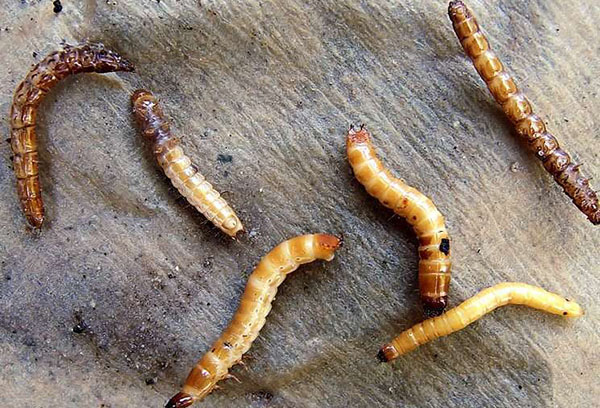
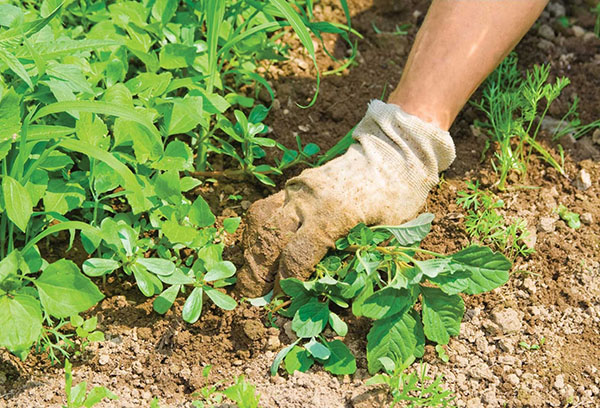
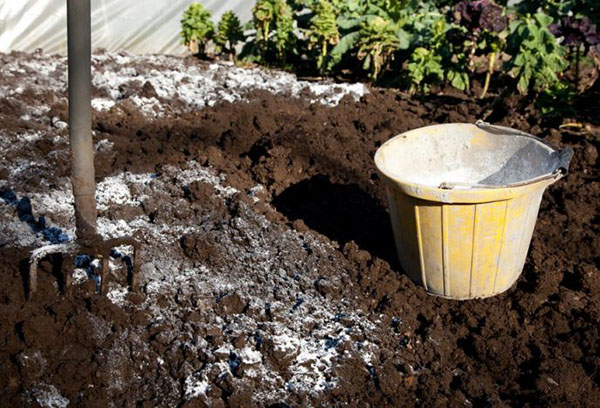
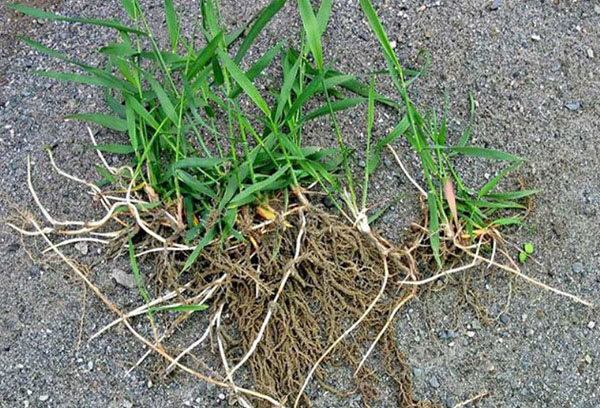
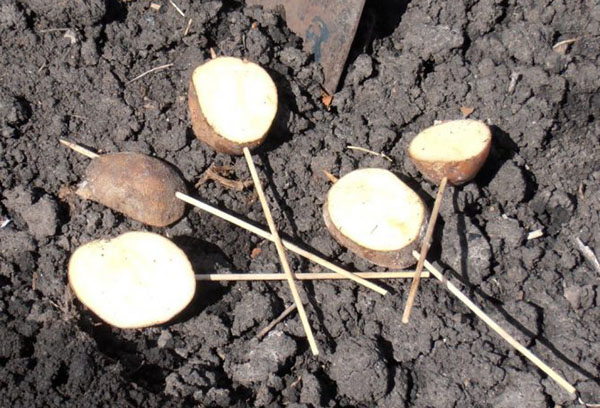
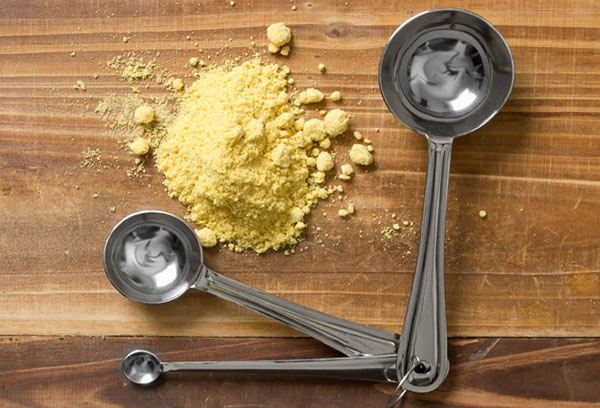

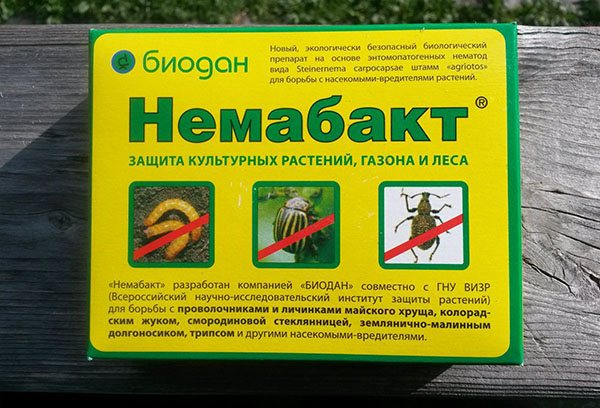

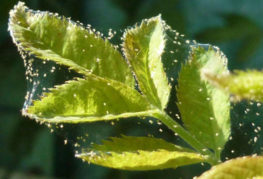
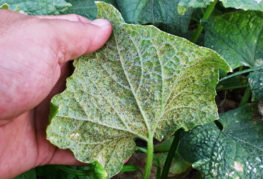

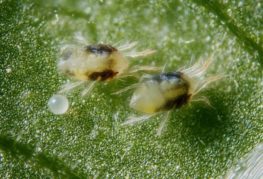
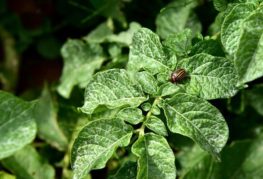
and will be published shortly.